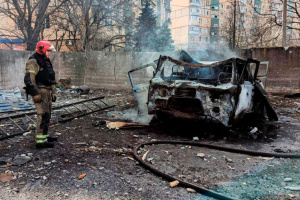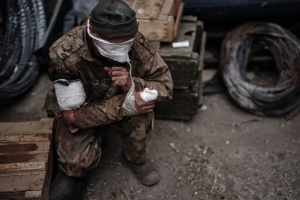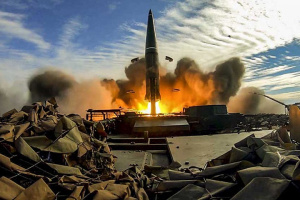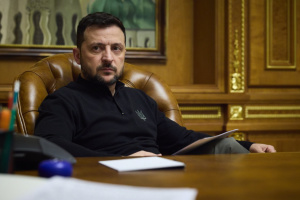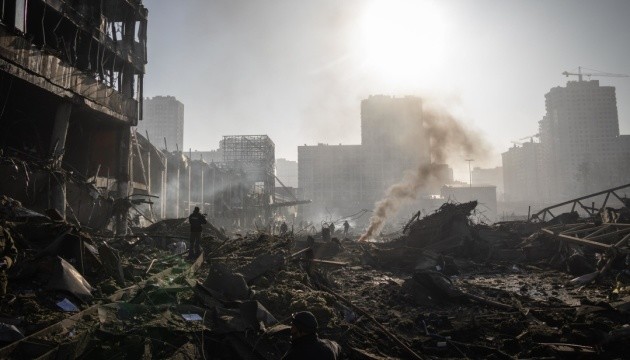
Poisoned Sea of Azov area
Russian aggression and the barbaric destruction of Mariupol by invaders, bombardment, and attacks from land, sky, and sea threaten the city with an environmental disaster that may extend beyond the region and even beyond the country.
Mariupol today is the ruins of residential buildings, smashed infrastructure, damaged water and gas supply pipes, destroyed transforming substations, pumps, power lines, broken wires… The city has no normal water, electricity, and gas supply, sewerage does not work. But in almost every yard there are graves of civilians killed by the Russians during the two-month blockade.
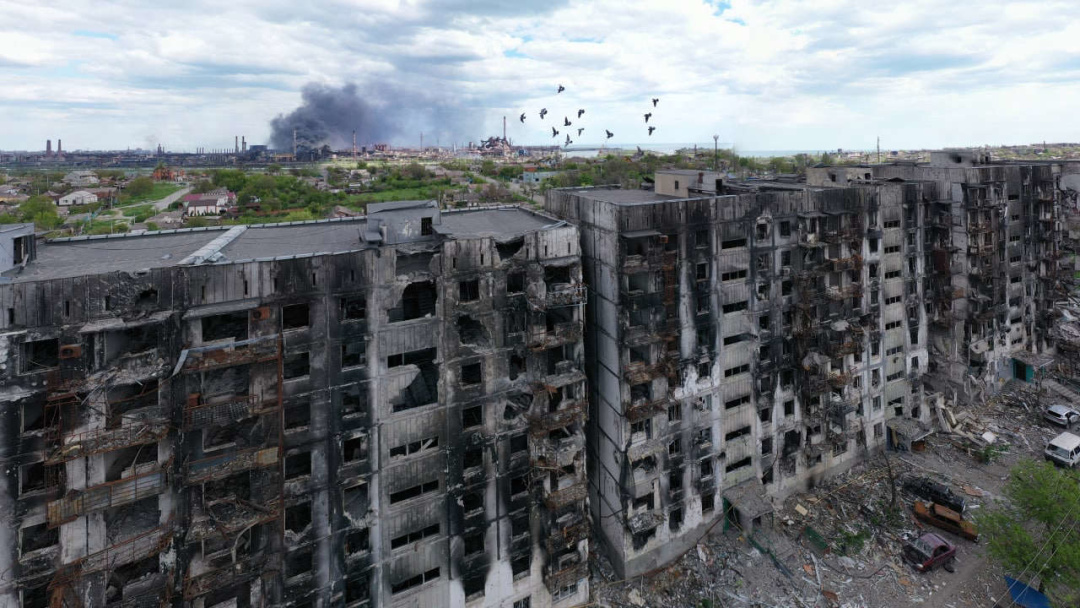
What awaits Mariupol as summer and the Sea of Azov area heat are about to come to the city? Maksym Borodin – a member of the Mariupol City Council, a well-known leader of Mariupol environmental movement, who has always been in opposition to corporate polluters – gives us the answers.
According to Borodin, before Russia's open attack on Ukraine, the main environmental problem of the city was the emissions of two metallurgical giants – Azovstal and Ilyich iron and steel works. But now, after the Russian bombs have destroyed the city infrastructure and industry almost completely, more dangerous problems are looming and could soon become a real disaster.

Whereas industrial emissions were about the long-term impact on the health and lives of city residents, now there is a threat of short-term and even more menacing effects.
CORPSES
One of the problems, the ecologist warns, is that ptomaine, bacteria, Mycobacterium tuberculosis and other pathogens that might have been in the dead may get into the city water supply system, underground springs, rivers, and sea.
Many people killed during the shelling were buried right in the yards near the houses, next to the water supply and sewerage systems. And the graves are mostly shallow, almost on the surface.
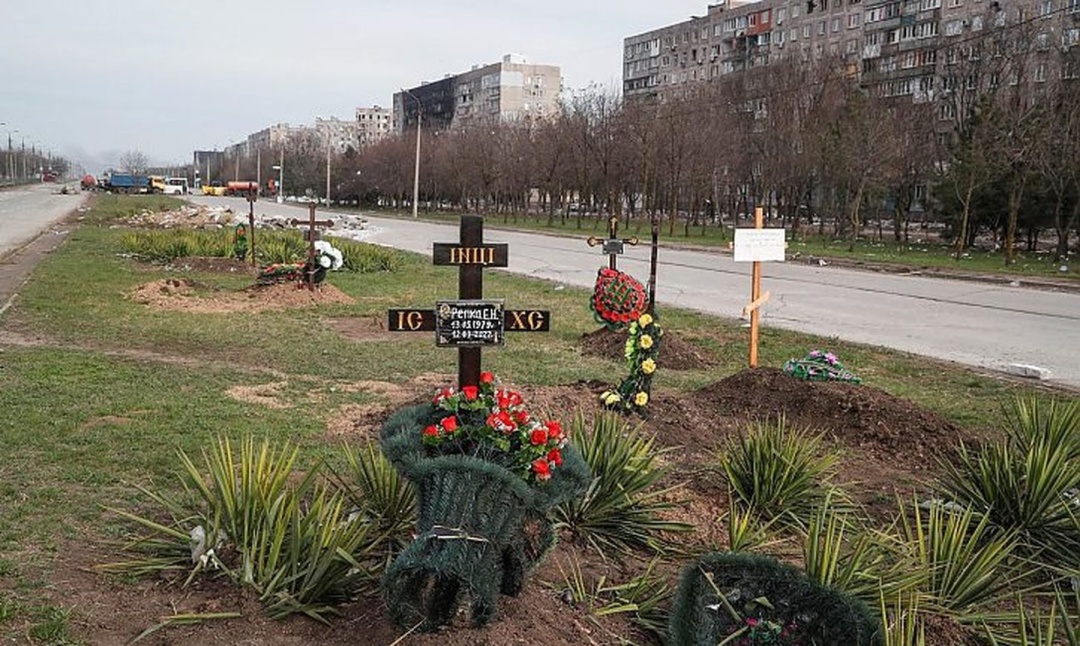
Now, when the occupiers try to restart the water supply system, most of the water floods the streets due to the massive damage to the pipes and washes away ptomaine, bacteria and more. This contaminated water poses a direct threat both to those who plan to use the water supply system (if it works) and those craving to swim in the sea in the summer.
Moreover, the further heat in Mariupol will be accompanied by the accelerated decomposition of corpses – not only buried near houses but also those left under the rubble of destroyed houses. And with the rain showers of last year's level, the scale of flooding will be massive, and everything will also go into the groundwater and the sea.
SEWERAGE
Borodin notes that most of the sewage pumping stations (SPS) were purposefully destroyed by the occupiers from the first days of the encirclement of Mariupol. In addition, the lack of electricity made it impossible for pumps, which miraculously remained undamaged, to work.
Now part of sewage floods the lower points, where it flows under gravity – primarily these are the places where SPS are located. Complete flooding of SPS will make the equipment impossible to restore.

With the occupiers' attempts to restore the water supply, the water will start to mix with the fecal waste due to damaged pipes, and then the already contaminated water will move on to consumers.
The situation with water purification is also terrible, the ecologist says. First, most sewage will not reach the biological sewage treatment plants (BSTP) at all, because SPS that pumped the sewage up to the station do not work. And even the sewage that reach SPS under gravity will most likely not be able to be treated. The process involves active peat which must be maintained in a certain working condition. It is also unknown whether the station survived the shelling.
GARBAGE AND WASTE
To date, garbage is not collected in the city, it is simply thrown away near houses. Some of the garbage is already flooded with water from damaged pipes and rainwater. This leads to the growth of pathogenic bacteria in this garbage, which then also get into groundwater, rivers, and the sea.
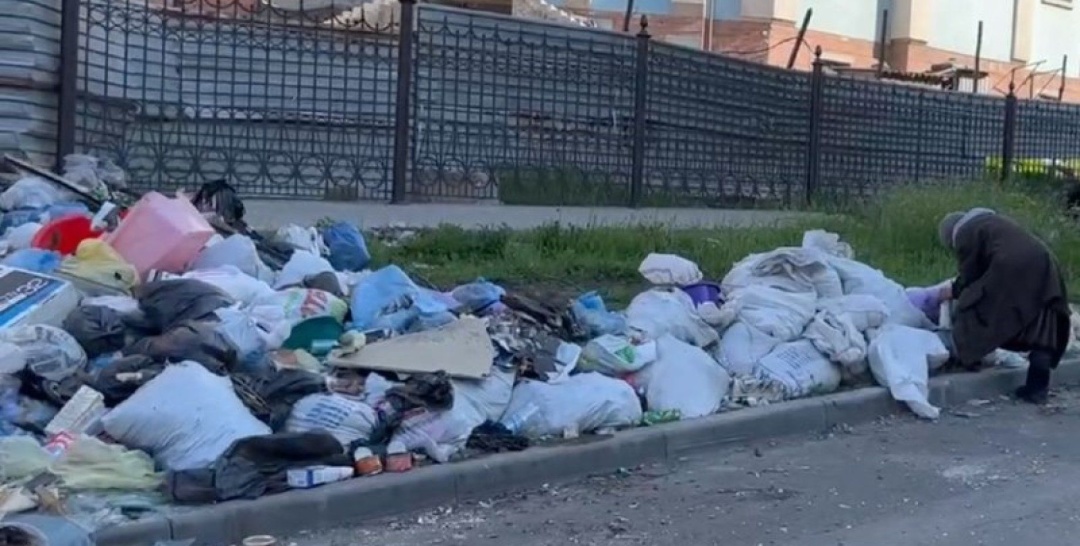
In addition, landfills and food waste always attract rats and cockroaches, and rodents carry a bunch of dangerous diseases.
NATURAL WATER SOURCES
There are few of them in Mariupol, and such water was almost unsuitable for use without purification or boiling even before the war. The water is very hard because it contains a naturally large amount of calcium, and has a significant excess of bacteria. Now, these sources are generally dangerous for the reasons mentioned above.
In general, Borodin emphasizes, without the observance of basic hygiene rules, the number of infectious diseases with the onset of heat will steepen at an insane rate. The lack of hospitals, doctors, and medicines exacerbates this situation by times.
HEAVY METAL AND CHEMICAL POLLUTION
During the military operations in Mariupol, many different and often banned weapons have been used, which include both heavy metals and many chemicals that are dangerous to humans and the environment. All this is also washed away by rains and flooding from the water supply to groundwater, rivers, and the sea.
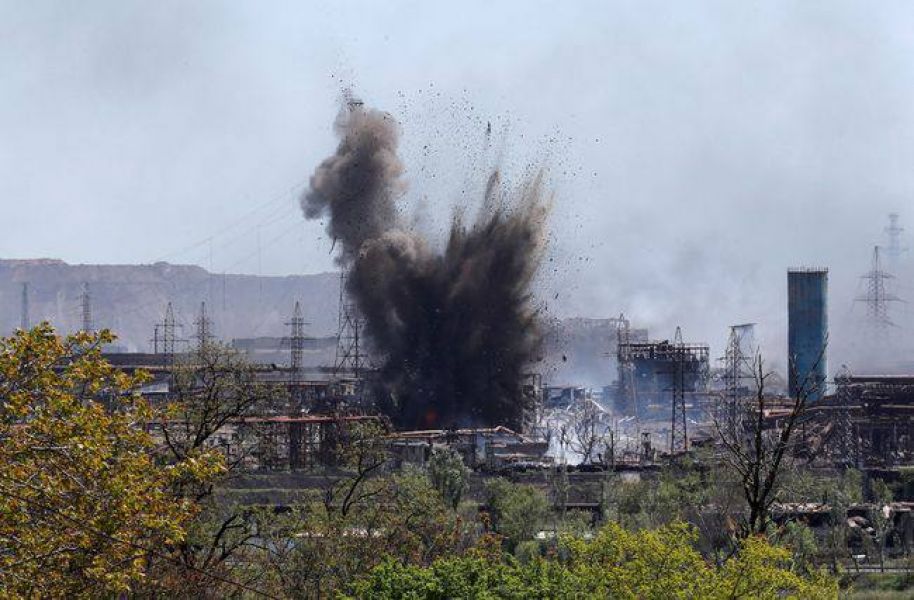
The Russians have fired on the two giants (Azovstal and Ilyich steel and iron works) using superheavy weapons – naval artillery, FAB high-explosive bombs, mine clearing systems, Grad MLRS, Solntsepiok heavy flamethrower system, and others.
There is a great danger of damaging a protective dam around the Azovstal slag mountain which prevented chemically contaminated hydrogen sulfide water in a chemical sediment tank from entering the sea. There are currently no objective data on the condition of the dam and the discharge of this contaminated water into the sea.
Special phosphorus incendiary shells have been also used during the shelling of Azovstal. Once in the steelworks’ sludge storage, these chemicals are likely to get into the sea.
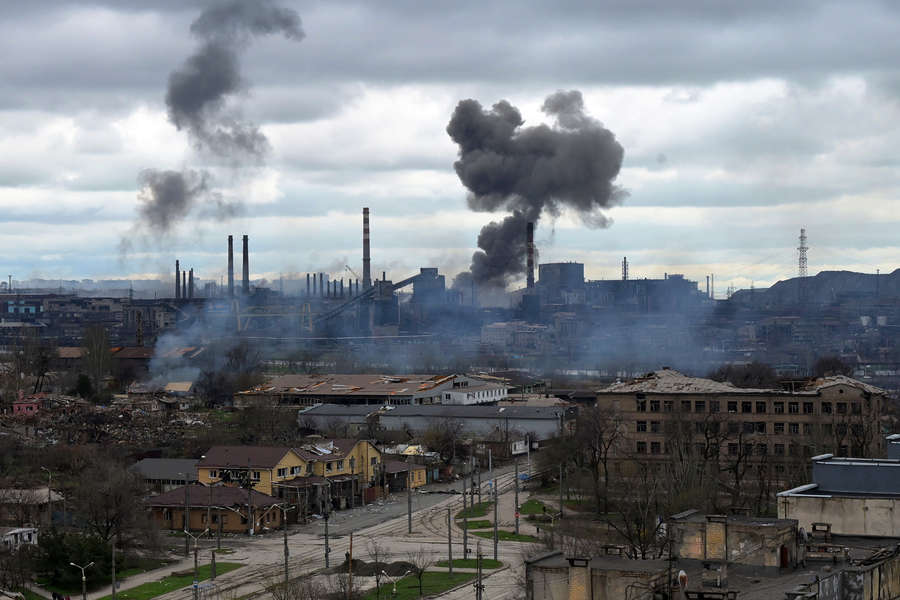
In addition, there is a large amount of chemicals necessary for technological processes – acids, ammonia, and others – in the territory of both enterprises. It is unknown whether they have got into the soil and water basins.
CONTAMINATION OF FISH
Due to the humanitarian catastrophe created by Russia in Mariupol, people will try to find food in any way. One of them is fishing.
However, what can be the quality of fish amid everything that gets into rivers and the sea from the city and plants.
PRELIMINARY ESTIMATES
Maksym Borodin is convinced that it is currently impossible to estimate the scale of the environmental disaster in Mariupol. A full-fledged environmental audit is needed. Of course, the Russians will not conduct the audit as it will actually document the evidence of their war crimes against Mariupol residents and Ukraine.
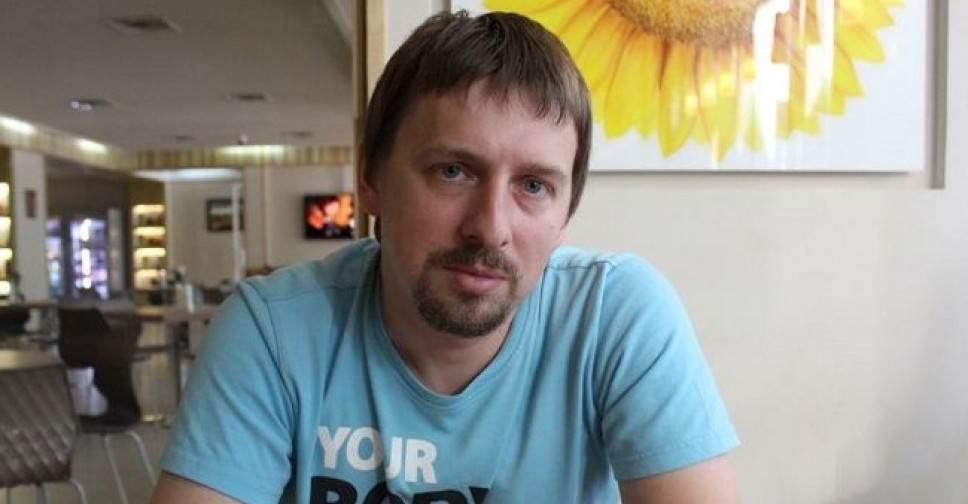
Maksym Borodin
But even preliminary estimates are appalling as an environmental disaster will inevitably lead to a humanitarian one. Without the de-occupation of Mariupol, the situation will only get worse, and thousands of residents who are being held hostage by the Russians today may die from the environmental and humanitarian crisis unleashed by Putin.
MAYOR FORECASTS THOUSANDS OF VICTIMS. FULL-FLEDGED EVACUATION NEEDED
Mariupol Mayor Vadym Boychenko, speaking about these problems, forecasts even the number of people who may die as a result of environmental and infectious disasters.
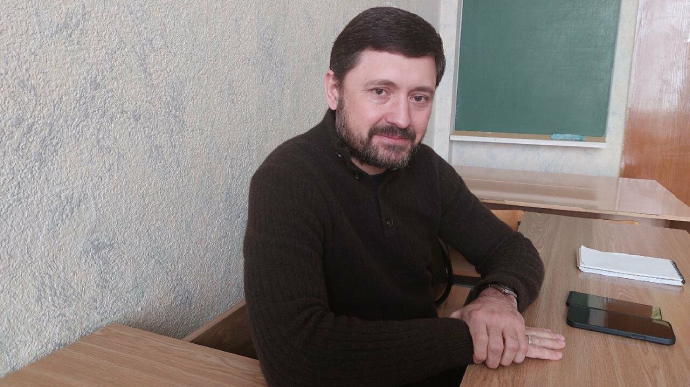 Vadym Boychenko / Photo: 0629.COM.UA.
Vadym Boychenko / Photo: 0629.COM.UA."A big epidemic problem will arise. Infectious diseases may kill thousands of people. And according to our doctors, I don't want to predict anything, but we need to understand and be ready for this, thousands of people may die by the end of the year," the mayor said.
Therefore, he calls for the full-fledged evacuation of Mariupol residents.
"We need a full-fledged evacuation. There should be a stable green corridor and people should be given the opportunity to leave for the Ukraine-controlled territory," Boychenko stressed.
Olena Kolhusheva, Donetsk region
First photo: Getty Images
ol


